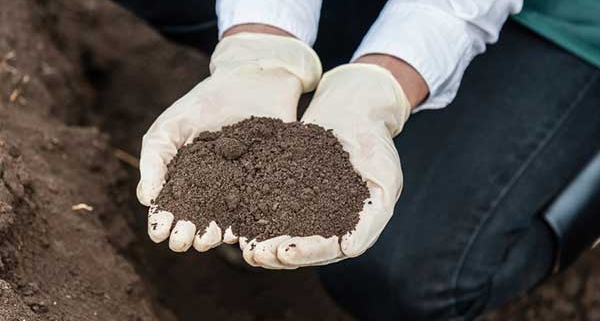Summary of Soil Thermal Desorption Technology
Thermal desorption technology in soil remediation technology refers to the process that organic pollutants in soil are heated to a certain temperature by direct or indirect heat exchange under vacuum or when entering air, so that organic pollutants can be volatilized or separated from the polluted medium and enter the gas treatment system. Thermal desorption can selectively transform pollutants from one phase to another by adjusting heating temperature and residence time. There is no damage to organic pollutants in the process of remediation. By controlling the temperature of the thermal desorption system and the residence time of contaminated soil, the pollutants can be volatilized selectively without chemical reactions such as oxidation and decomposition. Thermal desorption mainly includes two basic processes: first, heating the substances to be treated, volatilizing the target pollutants into gaseous separation; second, condensing, collecting and incinerating the tail gas containing pollutants to discharge to the atmosphere after meeting the standards.
With the wide application of Engineering projects, thermal desorption has gradually developed into in-situ desorption (including hot gas, steam, etc.) and heterotropic thermal desorption (mobile thermal desorption equipment, rotary kiln thermal desorption equipment, microwave method, etc.).
Soil thermal desorption process
The heterotopic thermal desorption system can be divided into direct thermal desorption and indirect thermal desorption. It can also be divided into high temperature thermal desorption and low temperature thermal desorption.
(1) Direct thermal desorption consists of feed system, desorption system and tail gas treatment system. Feeding system: The contaminated soil is transported from workshop to desorption system through pre-treatment such as screening, dehydration, crushing and magnetic separation. Desorption system: After the contaminated soil enters the thermal rotary kiln, it contacts directly with the flame generated by the burner of the thermal rotary kiln, and is heated uniformly to the gasification temperature of the target pollutant, so as to achieve the purpose of separating pollutants from the soil. Tail gas treatment system: The tail gas enriched with gasification pollutants can remove the pollutants in the tail gas through cyclone dedusting, incineration, cooling, bag dedusting, alkali leaching and so on.
(2) Indirect thermal desorption consists of feed system, desorption system and tail gas treatment system. The difference from direct thermal desorption is the desorption system and the tail gas treatment system. Desorption system: The flame generated by burner uniformly heats the outside of rotary kiln. After heating to the boiling point of pollutants, pollutants are separated from soil and exhaust gas is discharged directly through combustion. Tail gas treatment system: The tail gas enriched with gasification pollutants can remove the pollutants in the tail gas through filters, condensers, ultrafiltration equipment and other links. Gas can be separated from oil and water by condensator to concentrate and recover organic pollutants.
The main equipments include feeding system, such as disperser, vibrating screen, chain conveyor, conveyor belt, iron remover, desorption system, rotary drying equipment or heat screw propulsion equipment, tail gas treatment system, cyclone dust remover, secondary combustion chamber, cooling tower, condenser, bag filter, washing tower, ultrafiltration equipment, etc.
Luoyang Building Material Architectural Design and Research Institute is a professional industrial kiln design unit, our soil remediation retort furnace processing capacity from 10 tons to 400 tons per hour, can be customized according to customer requirements modular product size.
Factors Affecting Soil Thermal Desorption
The treatment cycle of ectopic thermal desorption technology may be several weeks to several years. The actual cycle depends on the following factors:
(1) Volume of contaminated soil;
(2) Polluted soil and the nature of pollutants;
(3) Processing capacity of equipment. Generally, the capacity of a single processing equipment is between 3-200 tons/hour. The capacity of a direct thermal desorption equipment is larger, generally 20-160 tons/hour. The capacity of indirect thermal desorption is relatively small, generally 3-20 tons/hour.
The factors affecting the disposal cost of ectopic thermal desorption technology are as follows:
(1) Disposal scale;
(2) Water content of feed;
(3) Fuel type, soil properties, pollutant concentration, etc.
For small and medium-sized sites (less than 20,000 tons, about 26800 m3) abroad, the processing cost is about $100-300/m3, and for large sites (more than 20,000 tons, about 26800 m3), the processing cost is about $50/m3. According to the statistical data of domestic production and operation, the cost of thermal desorption and disposal of contaminated soil is about 600-2000 yuan/ton.



